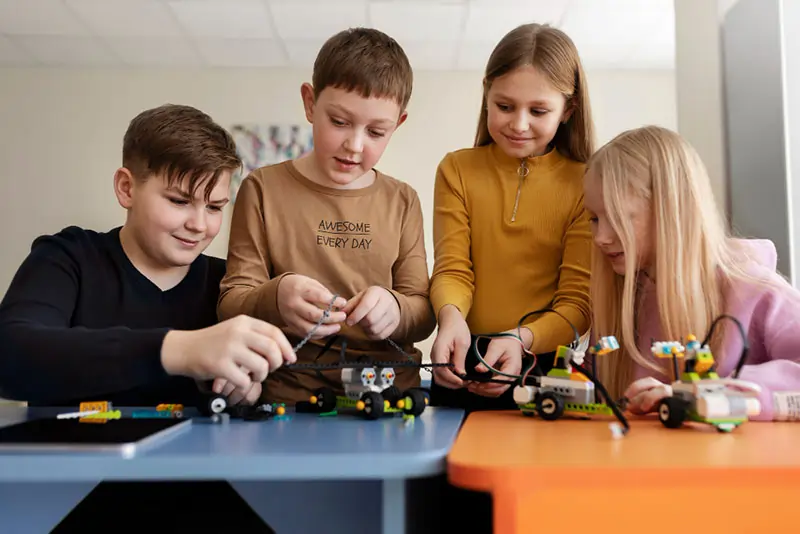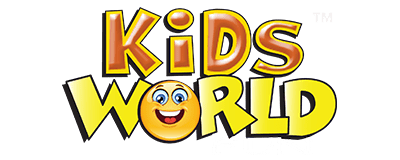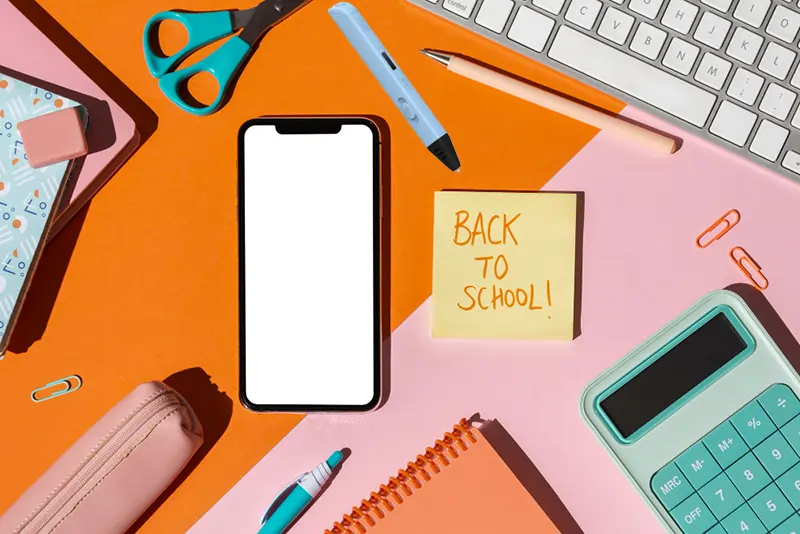Interactive Learning: Engaging Activities to Inspire Young Minds

The interactive learning style is an extremely effective method of learning that can spark the interest of children and leads to significant understanding in regard to several subjects through a ‘hands-on’ activity experience. It takes interactive learning beyond ordinary teaching where children take part in activities that boost their curiosity and involve them in something practically relevant. Some of these interactive learning activities range from building a mini car model to a few easy science experiments, along with a brief discussion on their positive benefits for young learners.
The Benefits of Interactive Learning
There are several benefits associated with interactive learning that do not necessarily include the traditional approach to learning:
- Enhanced Engagement: Children are more likely to be attentive and interested when they are actively involved in the learning process.
- Improved Retention: Hands-on activities ensure the retention and understanding of even complex thoughts and ideas by children.
- Development of Critical Thinking Skills: Interactive learning encourages problem-solving and decision-making, which are crucial for cognitive development.
- Fostering Creativity: The hands-on activeness promotes imagination and innovation in the children, making them think out of the box.
- Encouraging Collaboration: Many interactive learning activities engage children in teamwork, thus equipping them with social skills and the concept of co-operation.
Building a Mini Car Model
An exciting activity is the construction of a model of a mini car. This project enables children not only to understand some basic concepts of engineering but also to funnily go through car maintenance knowledge.
Materials Needed:
- Cardboard or foam board
- Glue and tape
- Scissors
- Paints and markers
- Small wheels (can be purchased or made from bottle caps)
Steps to Build the Model:
- Design the Car Body: Draw and cut out the car body shapes from the cardboard or foam board.
- Assemble the Body: Glue the pieces together to form the car’s structure.
- Attach the Wheels: Fix the wheels to the car body using glue or tape.
- Decorate: Let the kids paint and decorate the car model.
- Discuss Components: Explain the different parts of the car and their functions as you build.
Through this activity, you can introduce concepts of vehicles that help keep it running smoothing, such as regularly changing oil to keep the car running smoothly. Explain how oil actually lubricates the engine, reduces friction and prevents wear and tear.
Simple Science Experiments
Science experiments are a great method of making learning exciting and fun. Here are some very simple experiments you can do at home:
Baking Soda and Vinegar Volcano
This is a classic experiment showing kids about chemical reaction.
Materials Needed:
- Baking soda
- Vinegar
- Food coloring
- Dish soap
- A plastic bottle
- A tray or large dish
Steps:
- Prepare the Volcano: Put the plastic bottle in the middle of the tray. You can build a volcano shape surrounding it with clay or playdough.
- Add Ingredients: Fill the bottle half full of baking soda. Add a few drops of dish soap and food coloring.
- Create the Eruption: Pour vinegar into the bottle and wait for the volcano to erupt.
Floating Egg Experiment
This experiment demonstrates the concept of density.
Materials Needed:
- Two glasses
- Water
- Salt
- Two eggs
Steps:
- Fill the Glasses: Fill both glasses with water.
- Add Salt: Add a few tablespoons of salt to one glass and stir until dissolved.
- Test the Eggs: Gently place an egg in each glass. Observe how the egg in the saltwater floats while the other sinks.
Creative Arts and Crafts
Arts and crafts provide a creative outlet for children while teaching them fine motor skills and artistic expression.
Making a Collage
Creating a collage helps children develop their creativity and fine motor skills.
Materials Needed:
- Old magazines or newspapers
- Scissors
- Glue
- Construction paper
Steps:
- Gather Materials: Collect various images and text from magazines and newspapers.
- Plan the Collage: Decide on a theme or story for the collage.
- Create the Collage: Cut out the images and text and arrange them on the construction paper. Glue them in place to complete the collage.
Interactive Learning Through Cooking
Cooking with kids can be a learned and enjoyable activity. It will teach them measurements, following instructions, and the chemistry involved in cooking processes.
Baking Cookies
Baking cookies can be a tasty educational experience about measuring and chemical reaction.
Materials Needed:
- Cookie dough ingredients (flour, sugar, eggs, butter, etc.)
- Mixing bowls
- Measuring cups and spoons
- Baking sheet
Steps:
- Prepare the Dough: Follow a cookie recipe to prepare the dough. Involve the children in measuring and mixing the ingredients.
- Shape the Cookies: Let the kids shape the cookies with their hands or use cookie cutters.
- Bake the Cookies: Place the cookies on a baking sheet and bake them in the oven. Discuss how the heat causes the dough to rise and change texture.
Gardening as a Learning Activity
Gardening is a wonderful way to teach children about nature, responsibility, and the life cycle of plants.
Planting a Vegetable Garden
Growing vegetables teaches children about plant biology and the importance of taking care of living things.
Materials Needed:
- Vegetable seeds or seedlings
- Soil
- Gardening tools
- Plant pots or garden space
Steps:
- Choose the Plants: Decide which vegetables to grow based on the season and climate.
- Prepare the Soil: Fill the pots with soil or prepare the garden bed.
- Plant the Seeds: Sow the seeds or plant the seedlings according to the instructions.
- Water and Care: Regularly water the plants and take care of them as they grow. Discuss the process of photosynthesis and how plants need sunlight, water, and nutrients.
Sparking Curiosity Through Hands-On Learning
Hands-on learning is an exceptionally interactive tool for children to be introduced more deeply to various aspects of life. Other exciting things include building a model of a mini car, basic science experiments in an informal way, doing arts and crafts, preparing food, and helping in the garden. Such activities teach sweet, applicable lessons while having fun and learning. Besides developing critical thinking and creativity, such hands-on experience helps children learn life skills. Involving young minds in interactive learning encourages parents and educators to guide children in developing a lifelong love for learning.



